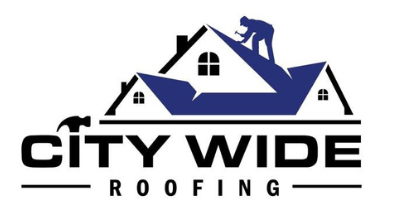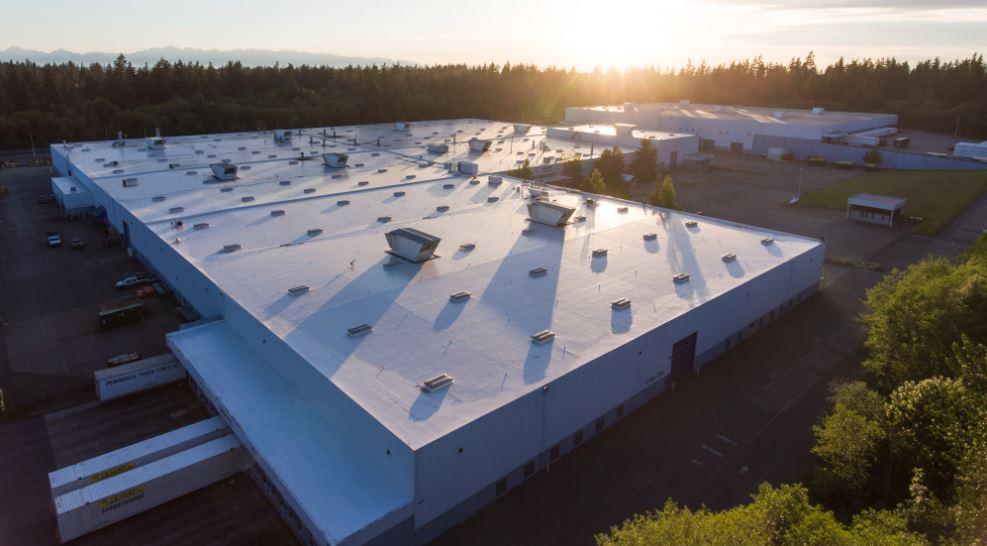As the push for more energy-efficient and environmentally friendly building practices continues to grow, the importance of understanding the impact of different roofing materials cannot be overstated. The concept of ‘cool roofing‘ has emerged as a significant player in this movement, with its ability to reflect more sunlight and absorb less heat than standard roofs.
However, not all cool roofing materials are created equal. Each type of material, from reflective paints and sheets to green roofs, has its unique characteristics, advantages, and potential drawbacks.
With this in mind, this discussion seeks to comprehensively examine these diverse materials and their relative impact on energy consumption and the environment. While this exploration may initially appear straightforward, the deeper layers of this topic reveal a complex interplay of factors that warrants further investigation.
Evaluating Cool Roofing Materials
When it comes to selecting the optimal cool roofing materials, it is crucial to evaluate their reflectance and emissivity capacities, longevity, and overall performance in specific climatic conditions.
Reflectance refers to the ability of the material to reflect solar energy, thus reducing heat gain, while emissivity is its capacity to release absorbed heat. Superior cool roofing materials exhibit high reflectance and emissivity rates, contributing to substantial energy savings in warm climates.
Longevity and durability are also important parameters. High-quality materials should withstand extreme weather conditions, ensuring long-term performance.
Therefore, a detailed assessment of these characteristics is essential for an informed selection, thus fostering a sense of belonging in a community dedicated to sustainable construction practices.
Impact on Energy Consumption and Environment
Cool roofing’s impact on energy consumption and the environment is a significant consideration. These materials can drastically reduce energy usage and mitigate the urban heat island effect, thereby contributing to a sustainable future.
By reflecting more sunlight and absorbing less heat than standard roofs, cool roofs moderate building temperature. This diminishes the demand for air conditioning and consequently, energy consumption.
This reduction in energy demand not only lowers utility bills but also decreases power plant emissions. These emissions include carbon dioxide, sulfur dioxide, nitrous oxides, and mercury, which are associated with health issues and climate change.
Furthermore, cool roofs can lower roof surface temperatures, slowing down heat absorption in urban areas. This attenuation of the urban heat island effect improves local air quality.


